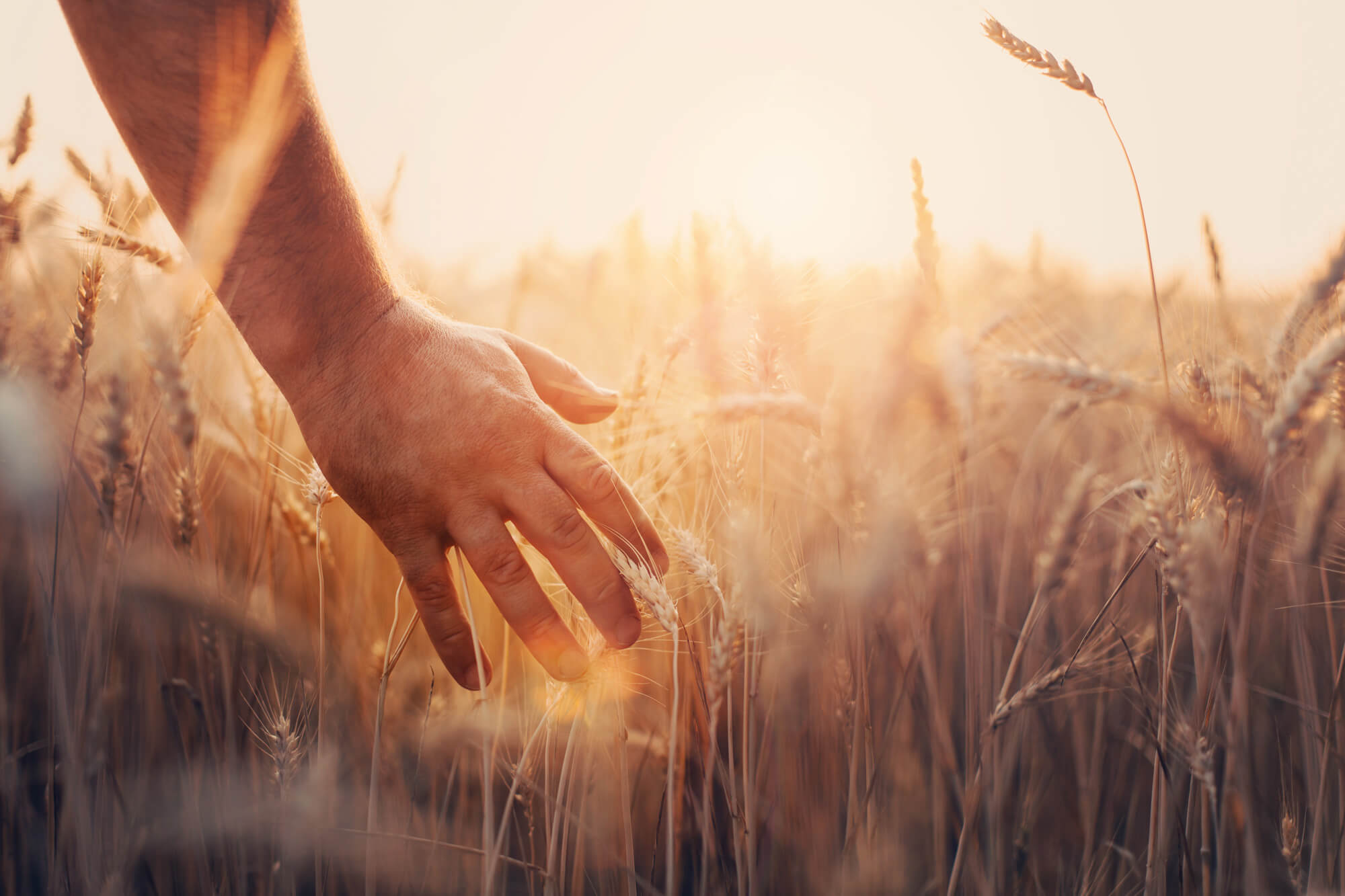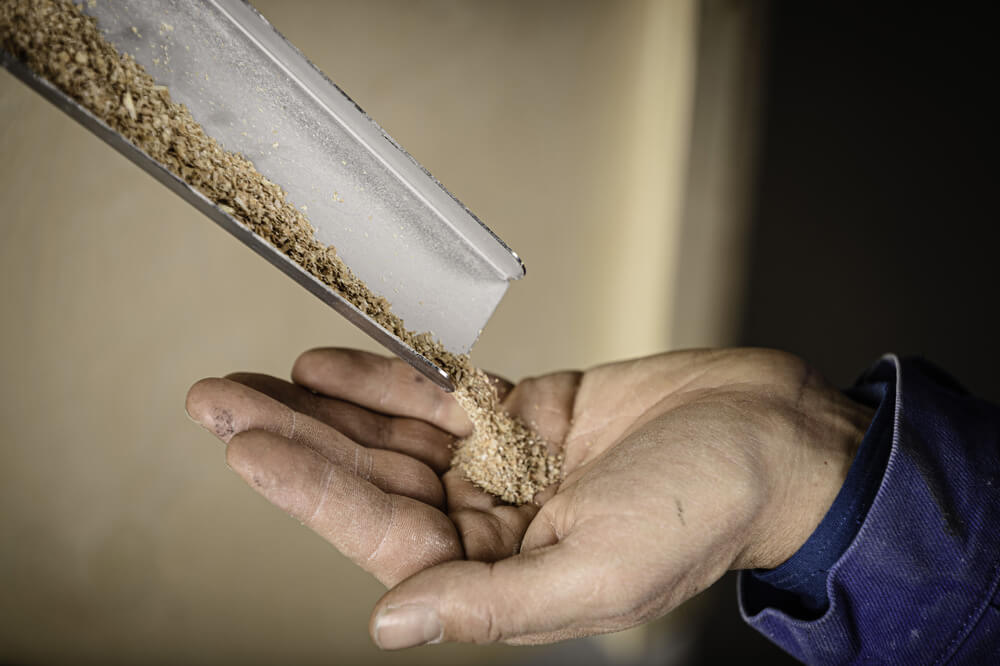Recevez dans votre boîte mail votre devis Astreïa réalisé sur mesure par nos équipes.
Les moulins Astreïa
What cereals can I unroll in an Astreïa mill?
You can process all types of cereals, grains and pulses in your Astreïa mill: wheat, spelt, maize, barley, buckwheat, small spelt, rye, soft wheat, durum wheat, chickpea, lentil, kidney bean, navy bean, quinoa, rice, chestnut, grain, oats, etc.
The most important thing is to ensure that the grain is dry enough to avoid clogging the millstones, and to adapt the sieve to the type of grain (for old, very fat varieties, it is preferable to adapt the grain size to maintain a good yield).
What level of humidity is acceptable for grinding grain in an Astreïa mill?
The ideal moisture content of the seed to be ground depends on its lipid content.
In the case of wheat, this is between 12 and 14%, whereas chickpeas should be ground at a moisture content of 10%.
Is it necessary to wet the grain before it goes through the mill?
It is not necessary to wet the grain if its moisture content is between 12 and 14% for wheat. However, if your wheat has a lower moisture content, it may be worth wetting it slightly to make it easier for the flour to detach from the husk and avoid loss.
What training is required to use Astreïa mills?
When you order a mill from Astreïa, our teams will automatically give you training on how to use it so that you can get to grips with it quickly. This training is included in the price of the stone mill.
Is the Astreïa flour mill automatic?
Astreïa mills are self-seeding thanks to the various sensors they are equipped with:
- Seed level sensor in the hopper
- Sensor at the bagging outlet
- Motor overheating sensor
How do I maintain my mill?
Daily maintenance of the sieving machine consists of ‘unclogging’ the fabric at the bottom of the lid of the sieving machine, to ensure effective dehumidification. This is done using a brush (supplied by Astreïa when you buy your unit) and takes just 1 minute every day. The screen can be vacuumed every week, without brushing (2 minutes). Thanks to the light suction system, which permanently dehumidifies the sieve, it stays dry and requires very little maintenance.
The grinding wheels need to be cleaned every week, either by vacuuming or light brushing (approximately 10 minutes per week).
How much cereal can be passed through before the first revisions are made to the grinding wheels?
The millstones should be overhauled every 4,000 hours, i.e. every 60 to 70 tonnes of grain (brushed) for the Authentique 50cm mill or the Ambassadeur mill, and every 150 to 170 tonnes for the Authentique 100cm mill.
How much would it cost to refurbish the millstones and overhaul the mill?
For the Authentique 50cm mill or the Ambassadeur mill, the cost of refurbishing is €386. We take delivery of your mill (without the bluttery) in the morning and you can leave with it in the early afternoon.
For the Authentique 100cm mill or the Revolution mill, the price is €550.
If you take out a maintenance contract, the re-dressing of your Astrié millstones is included at no extra cost.
Astreïa flour
What kind of processed products can you make with Astreïa flour?
Astreïa flour can be used to make all kinds of products: pasta, biscuits, brioches, cakes, breads, puff pastry, pizzas…
Which sieve should I use depending on the type of flour I want to make?
In this article, you’ll find all our advice on choosing the right sieve for your needs.


